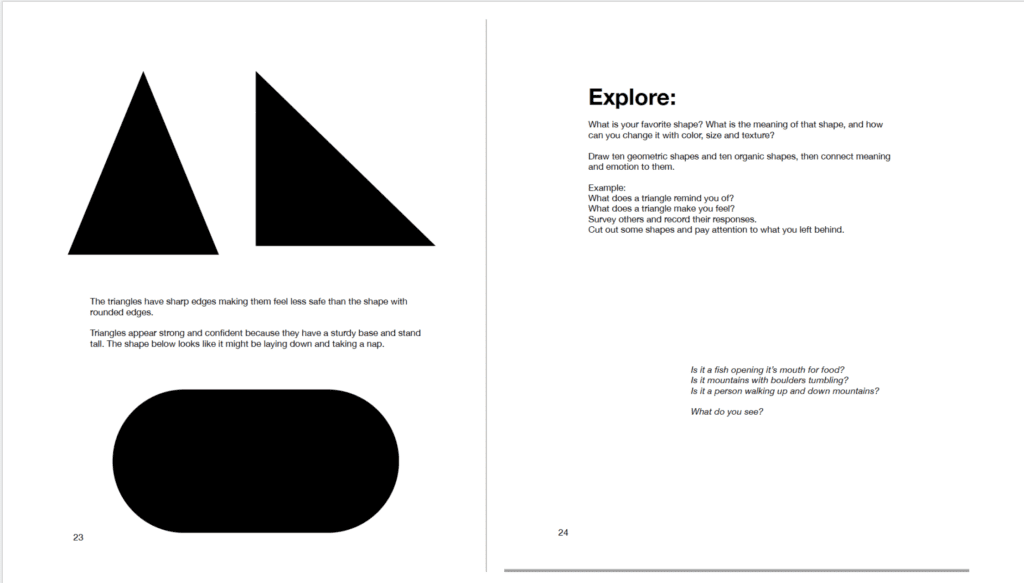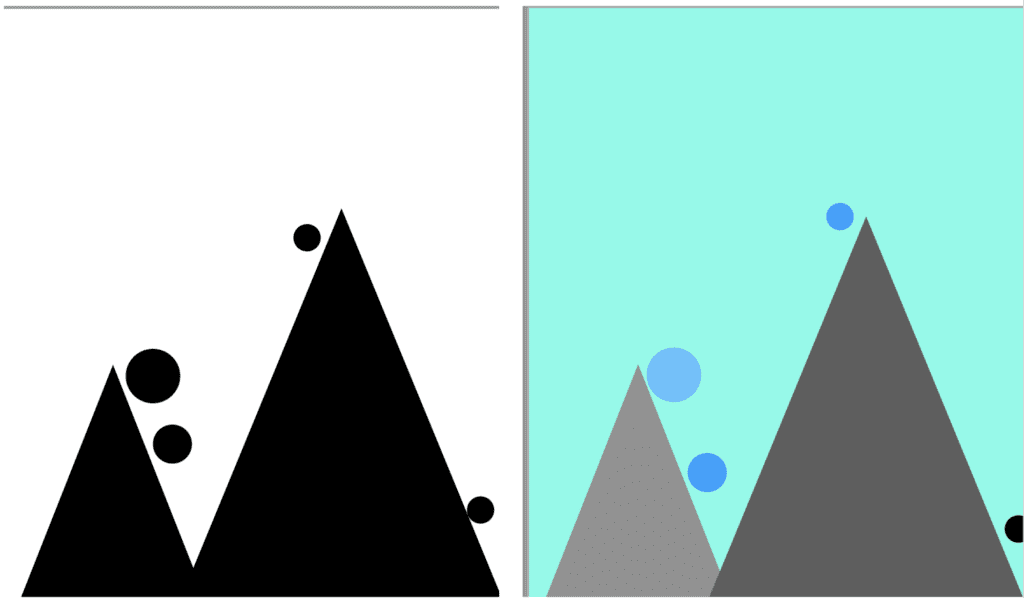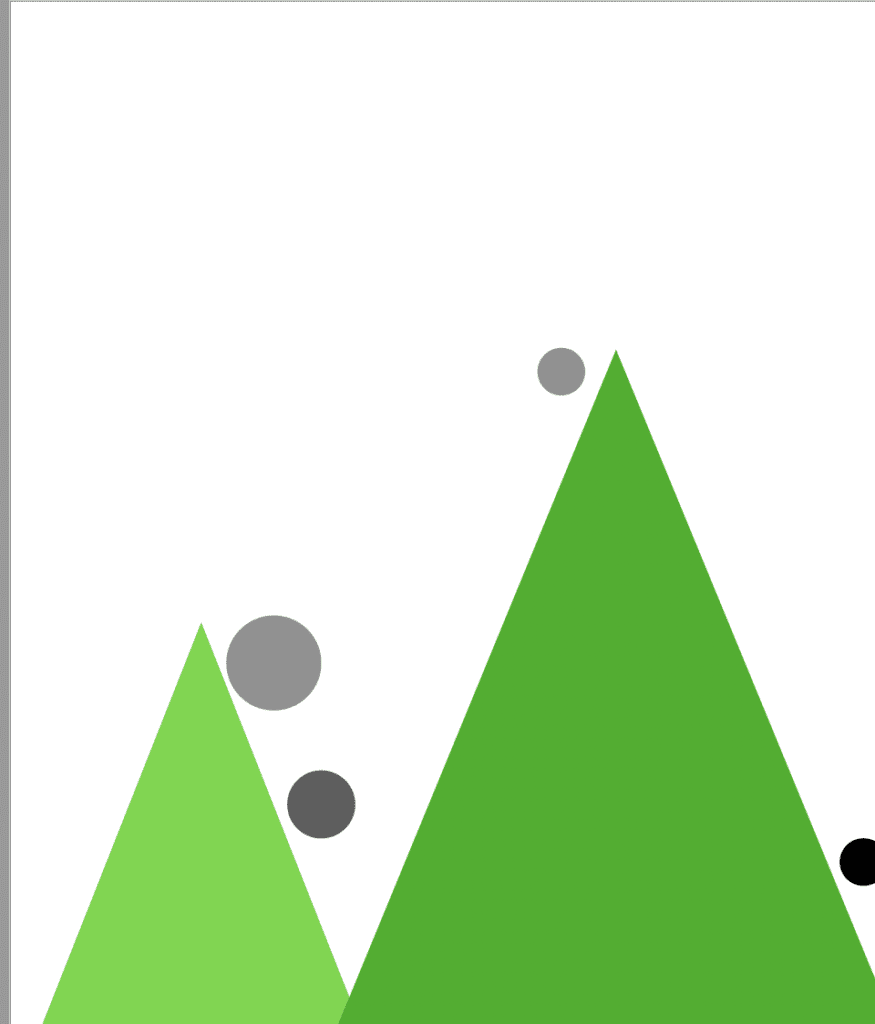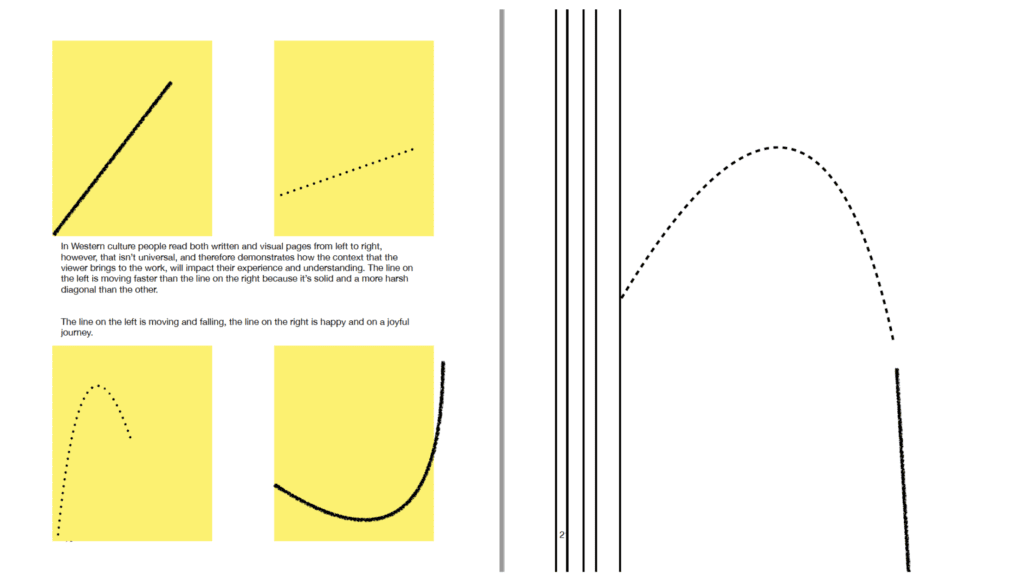What does it mean?
I don’t understand what this painting means.
Why did the artists make this painting?
Anyone could have made this artwork.
We’re often quick to judge works of art as good or bad, pretty or ugly, but what if the work of art is about something else?
Not all artwork is meant to be beautiful.
Some art tells a story, and the story might not be pretty.
Few would say that Guernica, 1937 by Pablo Picasso,
is beautiful, but should it be? Guernica is a political statement and was a response to the Nazi’s bombing practice on the Basque town of Guernica during the Spanish Civil war; there’s nothing beautiful about bombing people.
What you think is ugly, someone else may find beautiful. We don’t all have the same personal aesthetics.
Overall, when looking at and judging works of art, let’s hold the judgment about beauty and take a bit more time to either decide that you’re not interested in the creation and move on or slow down and see what you can learn.
Trust that you can read a work of art.
As with reading text, reading a work of art is a skill and something that you should practice and develop over time. However, it is also something that you can start doing right away if you can trust that you know the basics.
Grab a piece of paper and something to write with, and let’s experiment.
- Draw a shape that feels safe.
- Write the name of a color that indicates love.
- Draw a dangerous line.
The triangles have sharp edges, making them feel less safe than the shape with rounded edges. Triangles appear strong and confident because they have a sturdy base and stand tall. The shape below looks like it might be lying down and taking a nap.
Explore: What is your favorite shape?
What is the meaning of that shape, and how can you change it with color, size, and texture?
Draw ten geometric and organic shapes, then connect meaning and emotion to them. Example: What does a triangle remind you of?
What does a triangle make you feel? Survey others and record their responses.
Cut out some shapes and pay attention to what you left behind.

Is it a fish opening its mouth for food? Is it mountains with boulders tumbling? Is it a person walking up and down mountains? What do you see?


In Western culture, people read both written and visual pages from left to right; however, that isn’t universal and, therefore, demonstrates how the viewer’s context to the work will impact their experience and understanding. The line on the left moves faster than the line on the right because it’s solid and a harsher diagonal than the other. The line on the left is moving and falling, and the line on the right is happy and on a joyful journey.

Each person brings their own context when viewing and interpreting a work of art….. I might have made the letter h? Made a composition about a lonely line? Demonstrated how bullying makes others feel sad and alone?
What did you draw?
- Did you draw a shape with round edges, like a circle or oval?
- Did you write the color red, pink, or maybe even purple?
- Did you draw a jagged line or a line with sharp points?
You’re always reading images.
You might not realize it, but images are all around you.
- As you scroll through your phone, what are you looking at? Images?
- Watching TV, you’re looking at moving pictures.
- Walking down a street or sidewalk, you probably encounter signs and symbols.
- Open your refrigerator, and you probably see a lot of product images.
Images are all around you; they aren’t limited to museum and gallery walls. So, whether you want to make art, study art history, or be able to understand the world around you, you need to develop your ability to observe and read what you see.